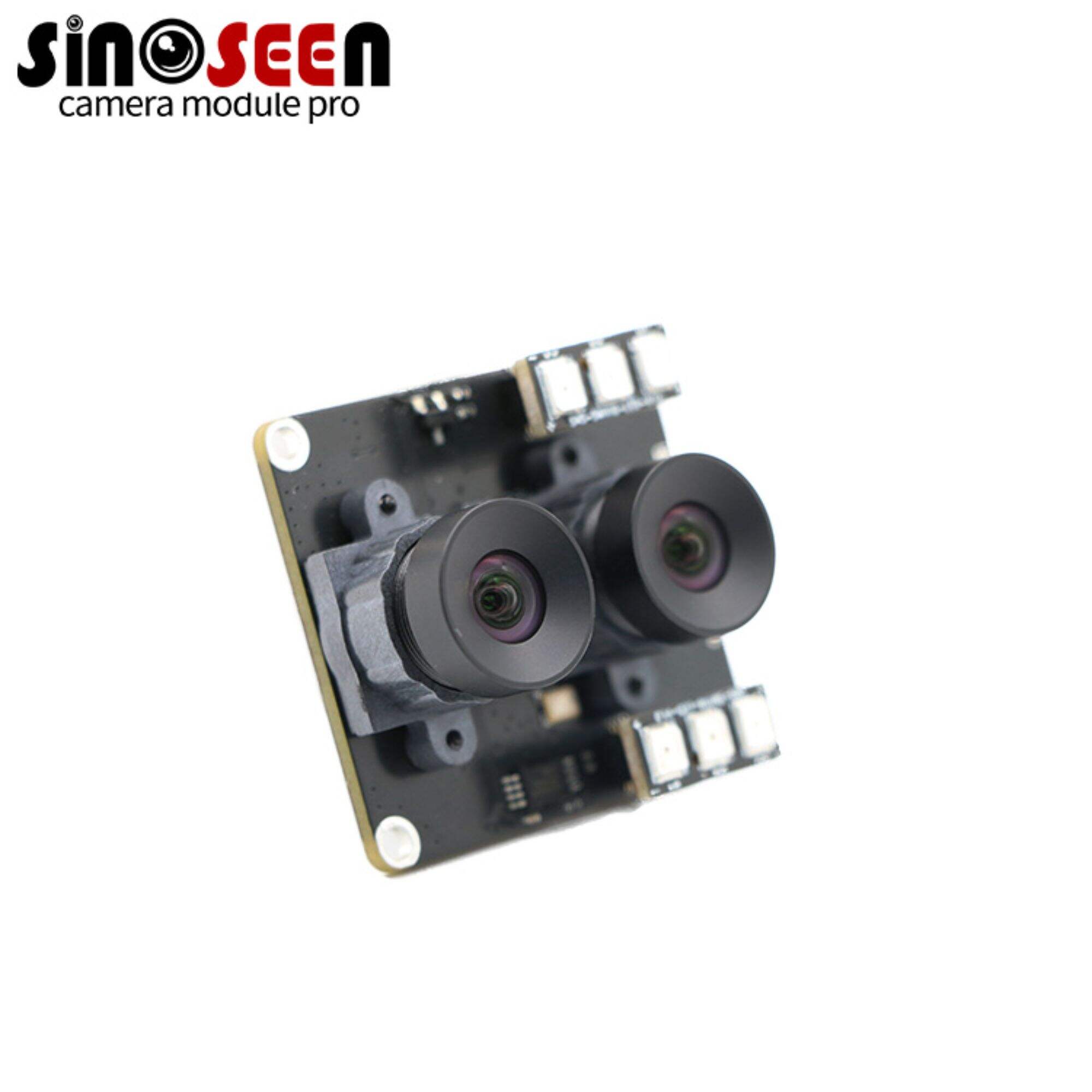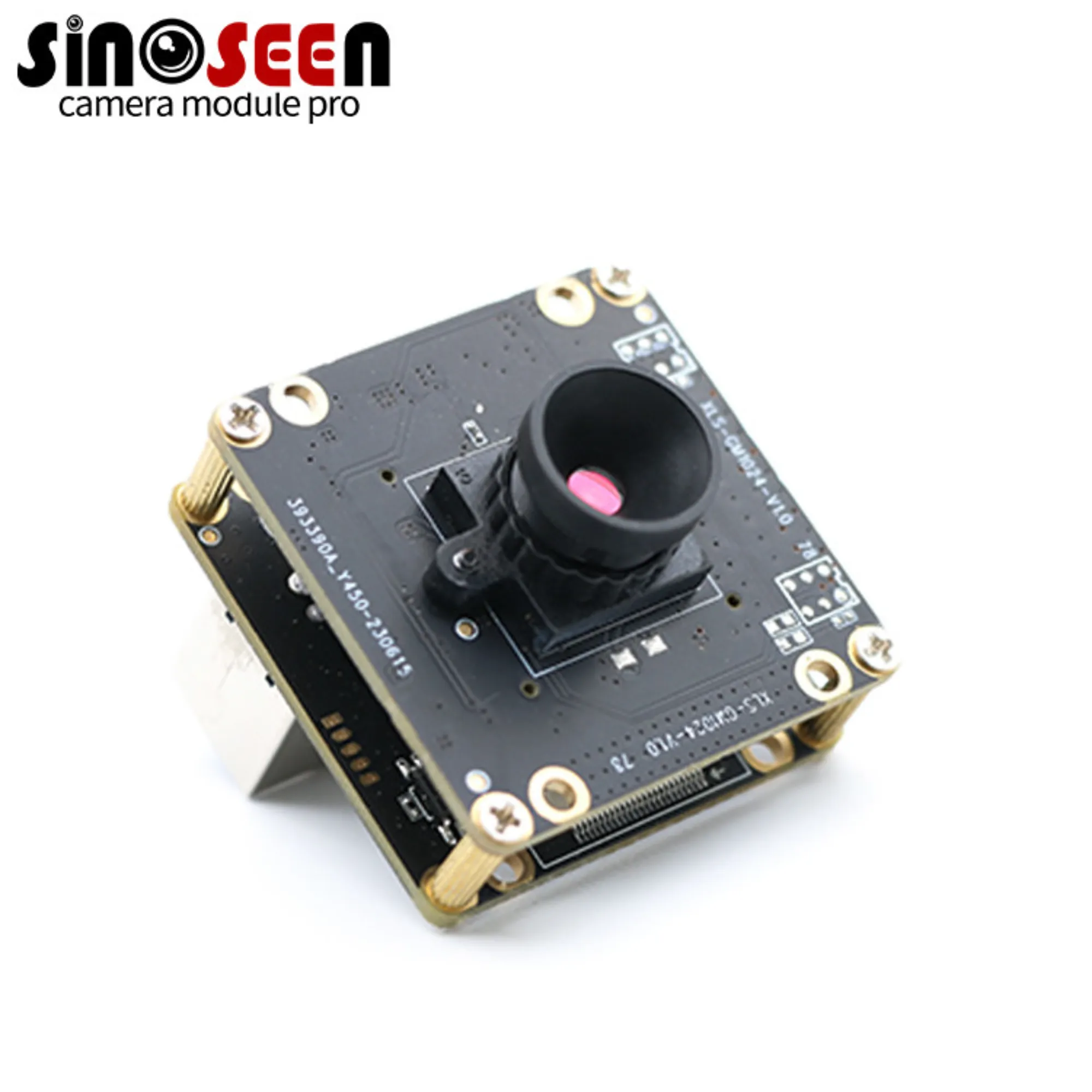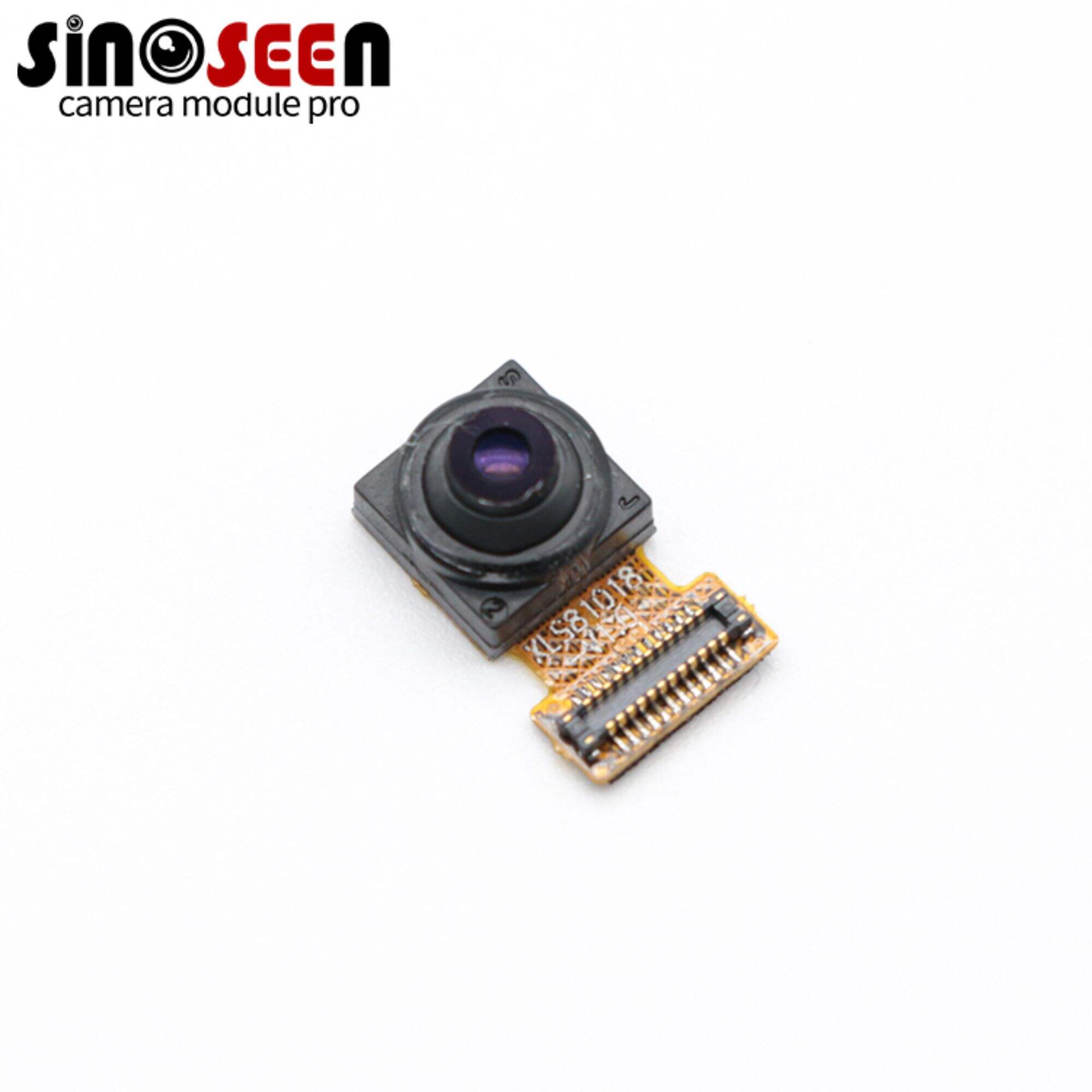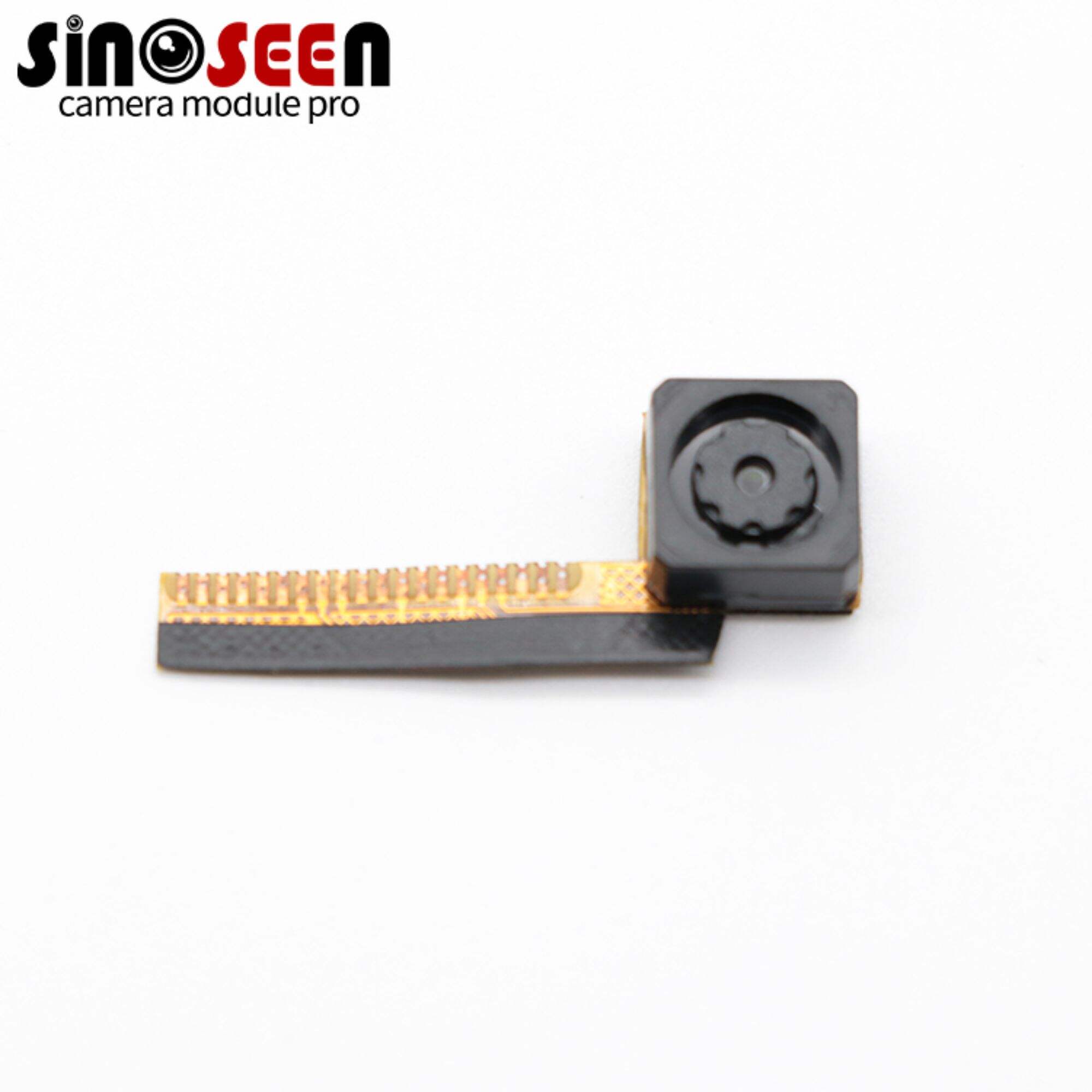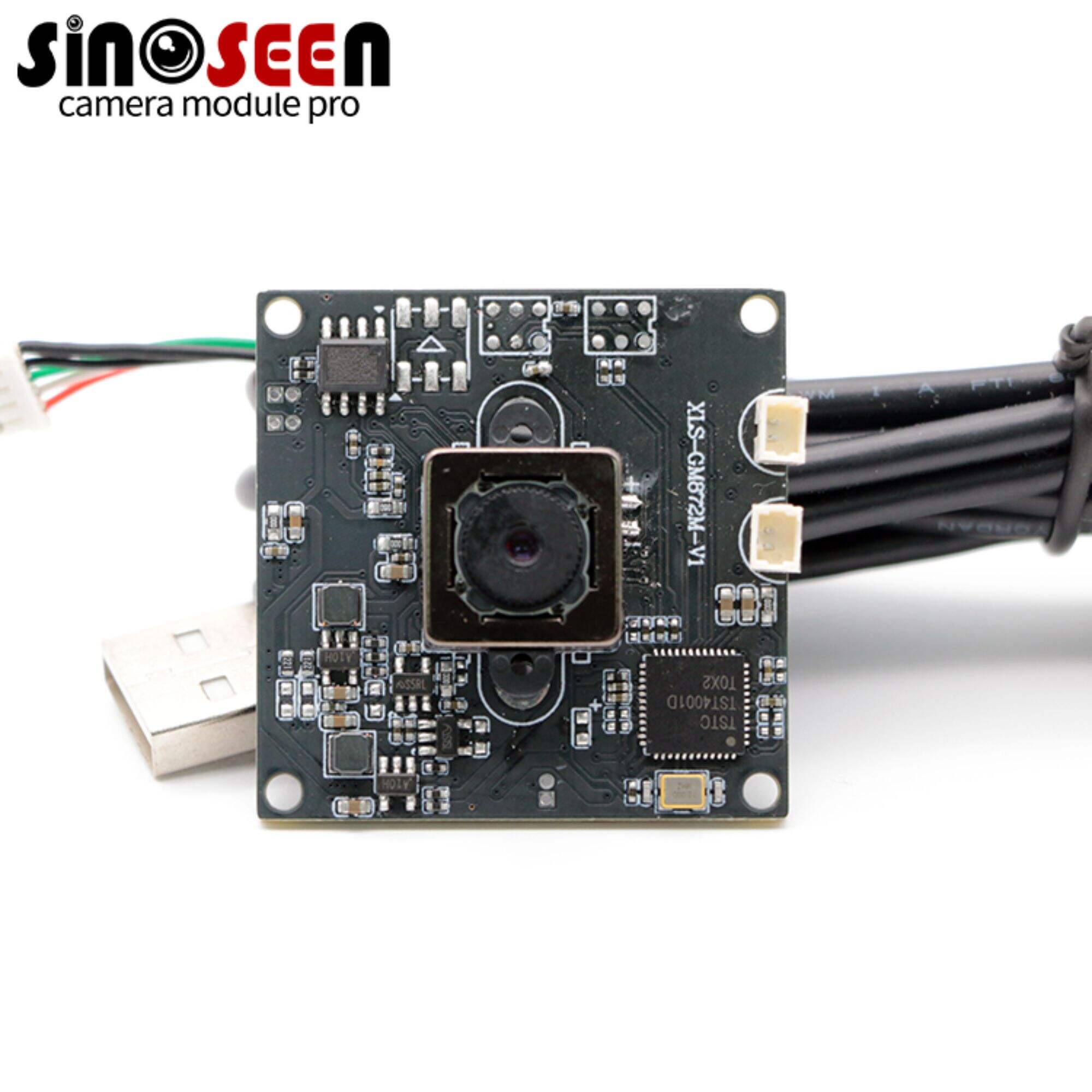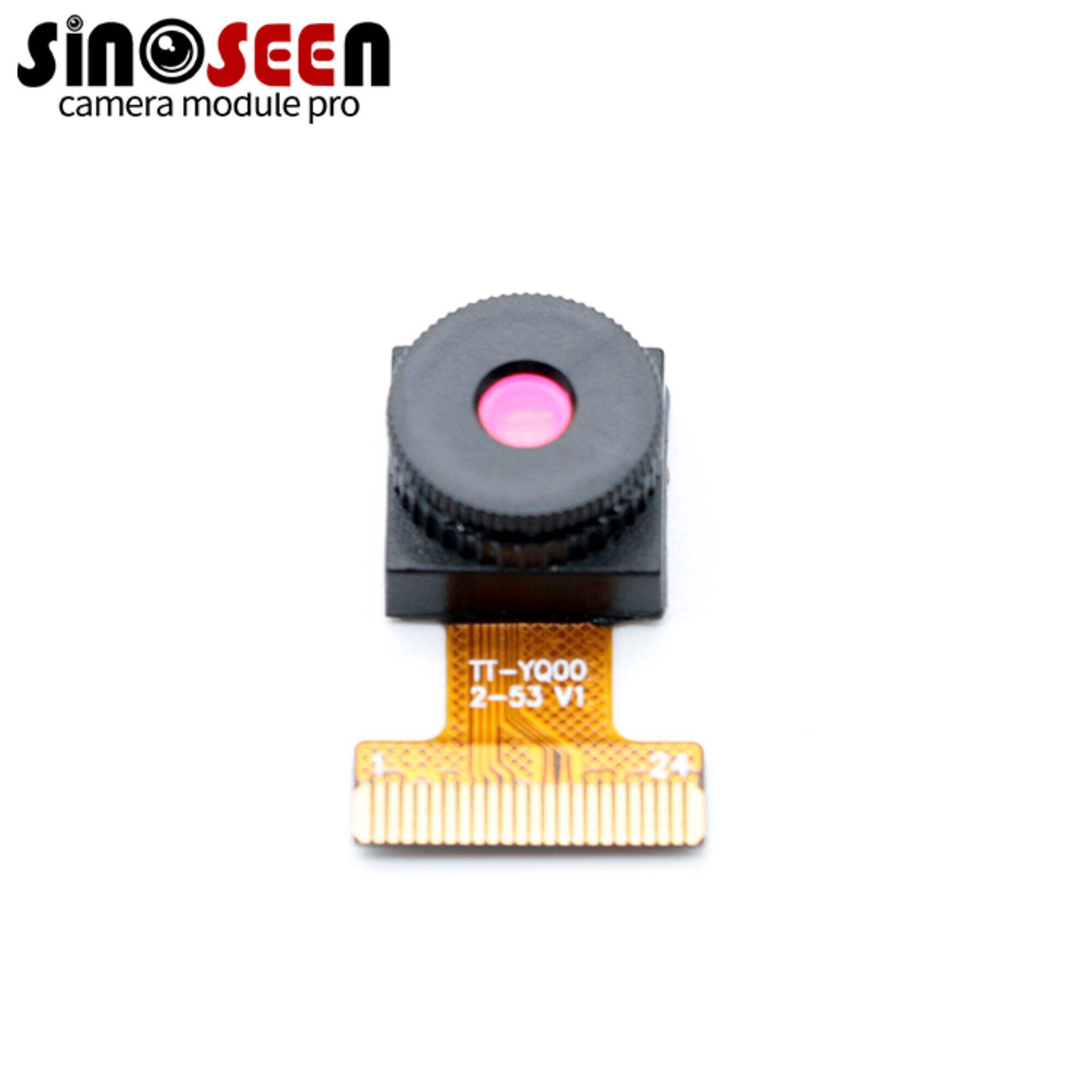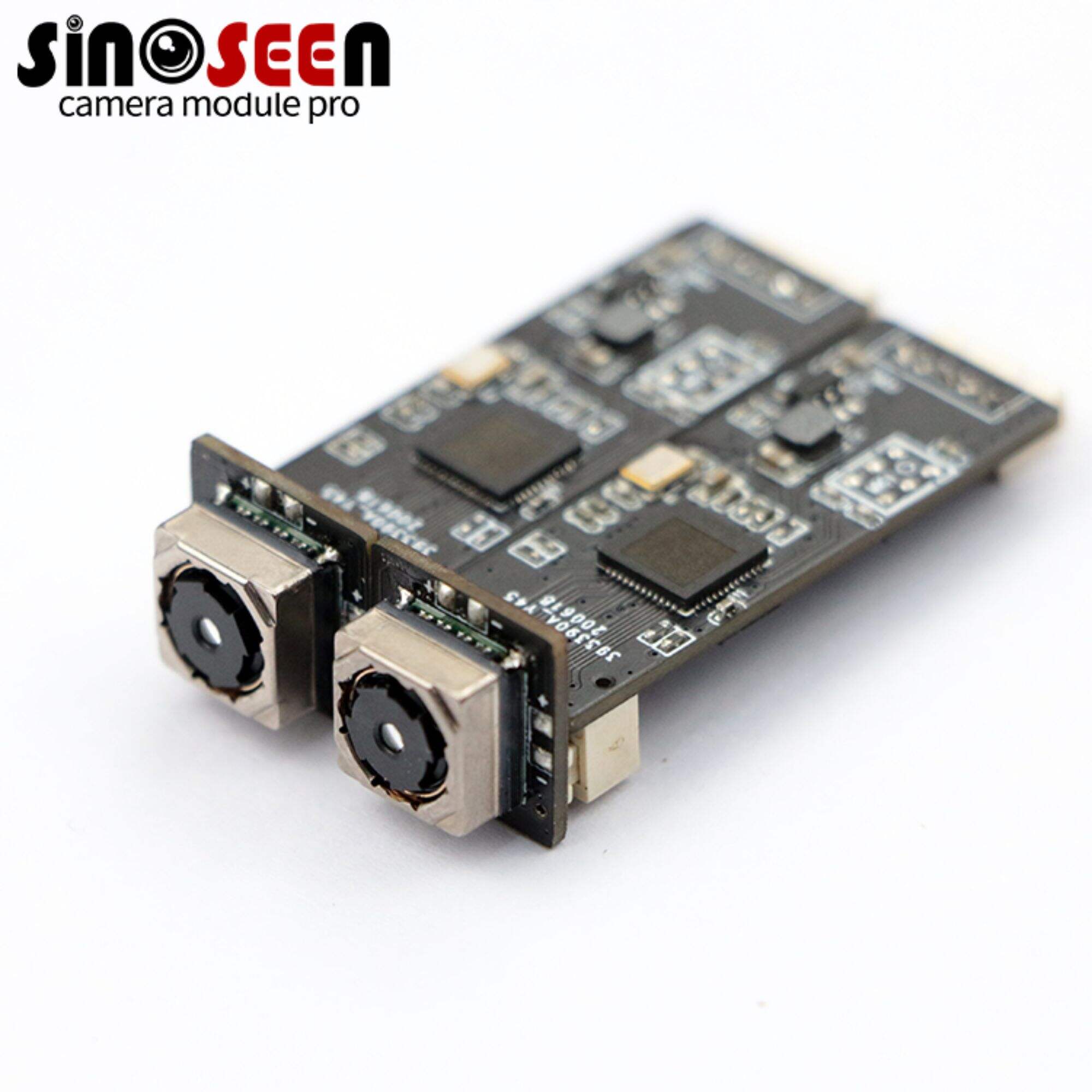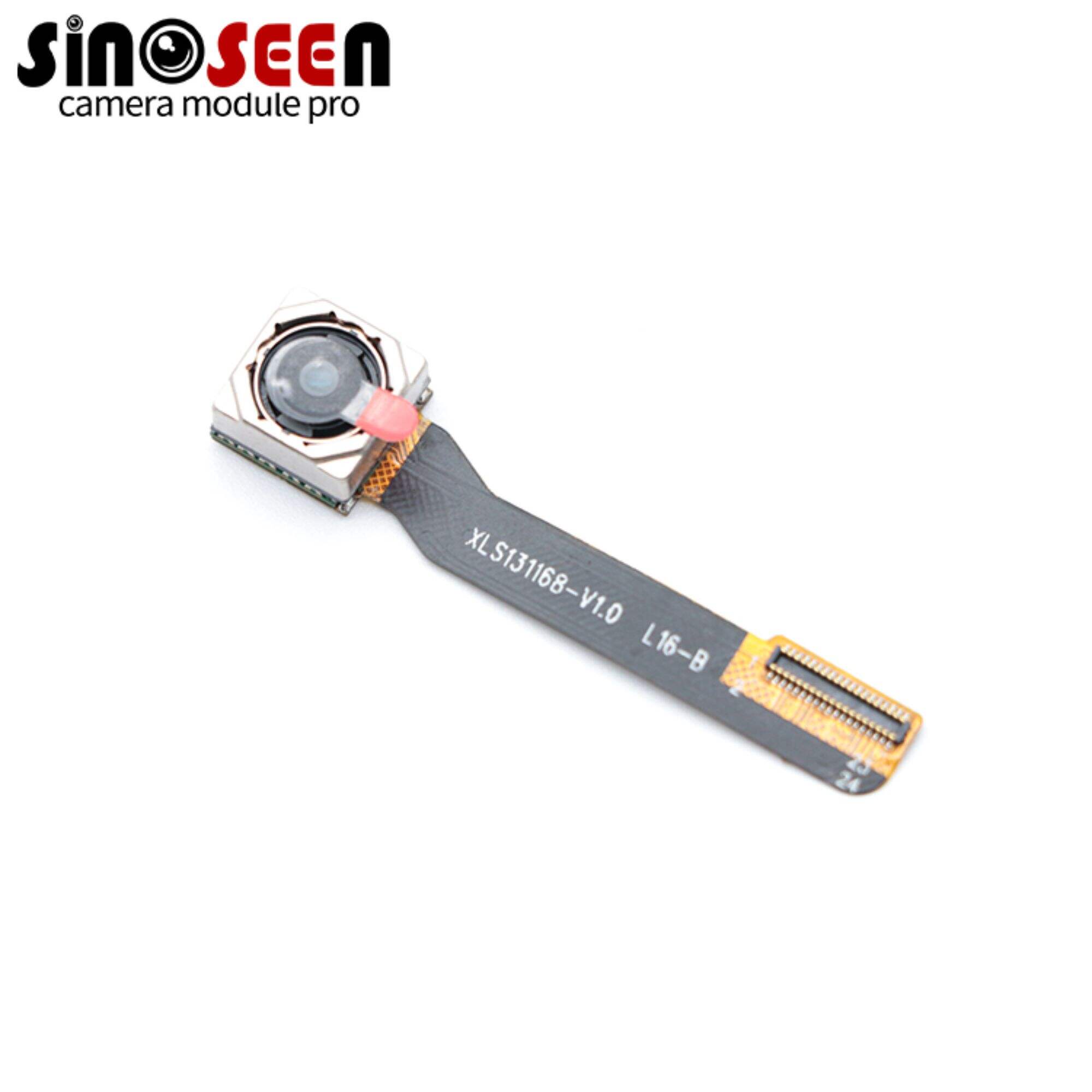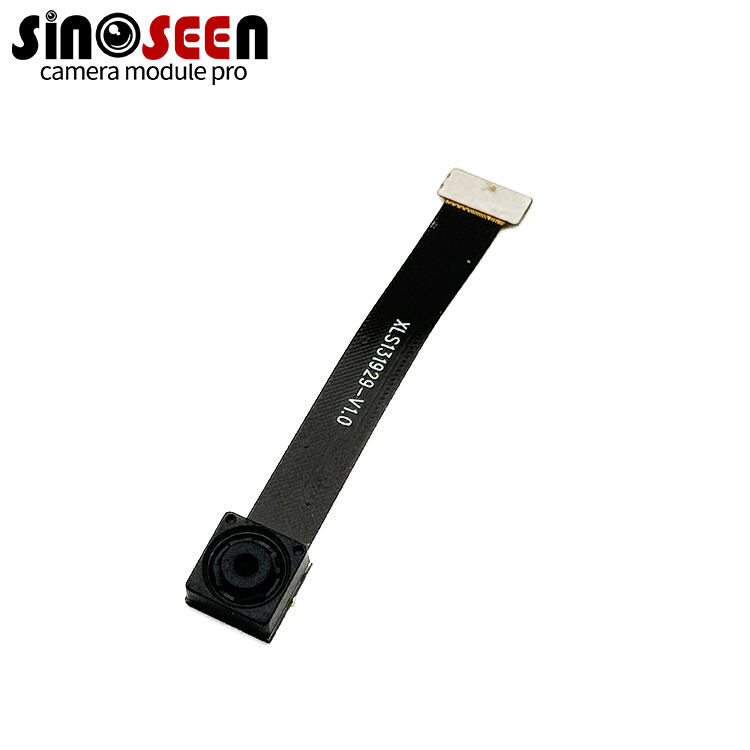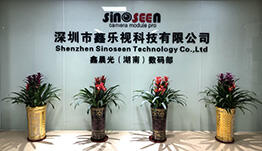What is a ToF sensor?its advantages and disadvantages
What is a ToF sensor? What does a ToF sensor do?
I don't know if you are familiar with sonar detectors, but according to Wikipedia, a sonar detector is an electronic device that utilizes the properties of sound waves propagating underwater to perform underwater tasks through electroacoustic conversion and information processing.
ToF stands for Time of Flight, and the Tof sensor works very similarly to a sonar detector. It is used to localize objects and make distance measurements by measuring the time it takes for light to reflect back and forth from the transducer to the object.A ToF transducer is a type of transducer that measures depth and distance to an object through the use of Time of Flight. Often, ToF sensors are also called “depth cameras” or ToF cameras.
Key Components of a ToF Camera System
A time-of-flight camera system consists of three main components:
- ToF Sensor and Sensor Module: The sensor is the key component of the ToF camera system. It is capable of collecting reflected light and converting it into depth data on pixels. The higher the resolution of the sensor, the better the quality of the depth map.
- Light source: The ToF camera generates a light source through a laser or LED. Usually NIR (Near Infrared) light with a wavelength of 850nm to 940nm.
- Depth Processor: Helps to convert raw pixel data and phase data coming from the image sensor into depth information. Provides passive 2D IR (infrared) image and also helps in noise filtering.
How does a ToF sensor work?
As we mentioned above, ToF sensor measures the distance between the sensor and the object to be measured by measuring the time difference between the emission and reflection of light, so what are the steps to realize it?
Here are the steps of ToF sensor:
- Emission: A pulse of light is emitted by the sensor's built-in infrared (IR) light emitter, or other adjustable light source (e.g. laser or LED).
- Reflection: The light pulse touches an object and is reflected back to the sensor.
- Detector: Using the sensor's built-in detector, the time it takes for the light pulse to travel from emission to touching the object and back is measured.
- Distance calculation: Using the measured time of flight and the known speed of light, the sensor can calculate the distance to the object. The following is the formula for calculating distance.

What are the advantages of ToF?
Low power consumption
ToF technology uses only one infrared light source to directly measure the depth and amplitude information in each pixel. In addition, ToF requires less depth data processing than other algorithm-intensive depth sensing techniques such as structured light or stereo vision, thus saving additional power on the application processo
High Accuracy
TOF sensor cameras provide highly accurate depth measurements with small measurement errors and fast response times for applications requiring highly accurate distance measurements.
Real-time
TOF sensor cameras can acquire depth images in real time, which is useful for scenarios that require fast feedback and real-time applications.
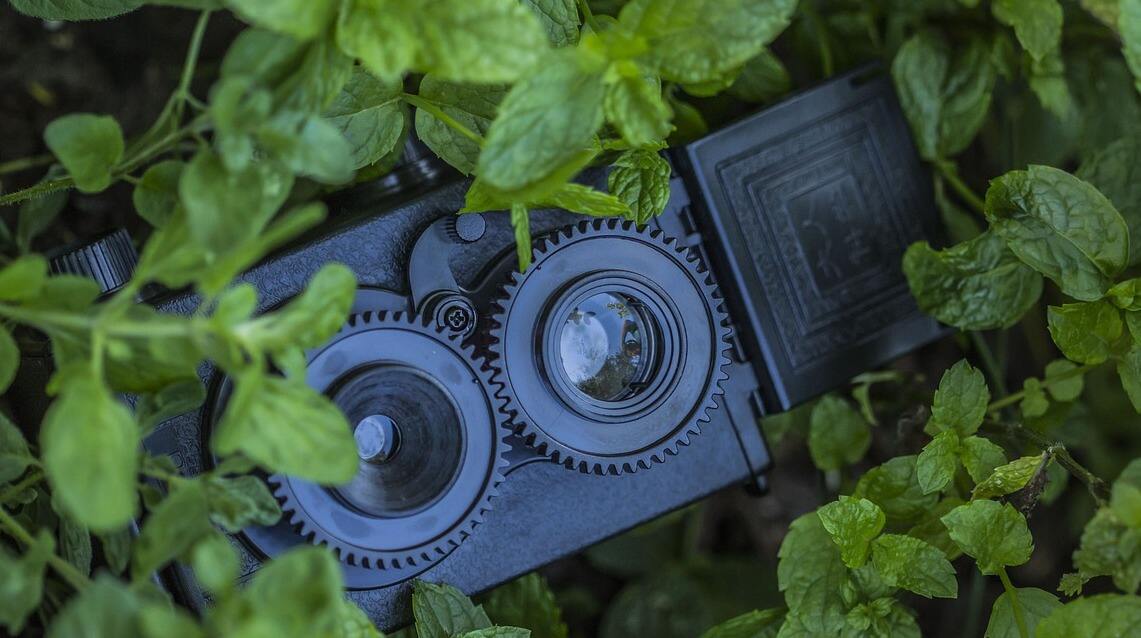
Wide Dynamic Range
TOF sensor cameras have a wide dynamic range that maintains accurate depth measurements under varying lighting conditions, making them suitable for a variety of environments both indoors and outdoors.
Long Distance Measurement
Because ToF sensors use lasers, they are able to measure long distances with extreme accuracy. As a result, ToF sensors have the flexibility to detect near and far objects of all shapes and sizes.
Cost-effective
Compared to other 3D depth range scanning technologies such as structured light camera systems or laser rangefinders, ToF sensors are relatively inexpensive.
What is the disadvantage of TOF?
Despite the many benefits of ToF, there are some technical limitations.
Resolution Limitations
TOF sensor cameras currently available on the market usually have a low resolution, which may not be sufficient for applications that require a high level of detail.
Artifacts from scattered light
If the surfaces of the objects to be measured are particularly bright and very close to the ToF sensor, they can scatter too much light into the receiver and create artifacts and unwanted reflections.
Measurement uncertainty due to multiple reflections
When using a ToF sensor on corners and concave surfaces, light may be reflected multiple times, and these unwanted reflections introduce significant measurement uncertainty.
Ambient light adversely affects measurements
When using a ToF sensor outdoors on a sunny day, the high intensity of sunlight can cause rapid saturation of the sensor pixels, making it impossible to detect the actual light reflected from an object.
Application areas for ToF sensor cameras
Industrial robots: With the help of a real-time 3D depth map of the environment, robots are able to recognize objects and their range of movement more accurately. With gesture recognition, robots can interact directly with people in collaborative applications. In industrial applications, robots with 3D-ToF cameras are able to more accurately measure any product in three dimensions and to grasp and place products with high precision.
3D Modeling and Virtual Reality: TOF sensor cameras are widely used in 3D modeling and virtual reality. By acquiring high-quality depth images in real time, realistic 3D reconstruction and immersive virtual reality experiences can be realized.
FAQ
Q:Is ToF the same as LiDAR?
A:Both LiDAR and ToF sensors use light to measure the distance to an object and create a 3D image of the environment. But LiDAR typically uses lasers, while ToF sensors use various types of light, such as LED light or infrared light.
Q:What is a ToF sensor on a phone?
A:The ToF Depth camera can judge depth and distance to take your photography to the next level. It uses the known speed of light to measure distance, effectively calculating the time it takes for the camera to work. It uses the known speed of light to measure distance, effectively calculating the time it takes for the reflected beam to return to the camera sensor.
Conclusion
TOF sensor cameras have shown great potential for applications in various fields due to their high accuracy of depth measurement and real-time performance. Despite the disadvantages of resolution limitation and multi-object interference, TOF sensor cameras will see greater breakthroughs and improvements with the continuous development of technology.
Although there are factors such as optical correction, temperature drift and other factors affecting depth accuracy in designing a ToF-based depth sensor camera, Sinoseen, with more than a decade of experience in stereo vision, is here to help you to the fullest extent. Please feel free to contact us if you need any assistance.

 EN
EN
 AR
AR
 DA
DA
 NL
NL
 FI
FI
 FR
FR
 DE
DE
 EL
EL
 HI
HI
 IT
IT
 JA
JA
 KO
KO
 NO
NO
 PL
PL
 PT
PT
 RO
RO
 RU
RU
 ES
ES
 SV
SV
 TL
TL
 IW
IW
 ID
ID
 SR
SR
 VI
VI
 HU
HU
 TH
TH
 TR
TR
 FA
FA
 MS
MS
 IS
IS
 AZ
AZ
 UR
UR
 BN
BN
 HA
HA
 LO
LO
 MR
MR
 MN
MN
 PA
PA
 MY
MY
 SD
SD

